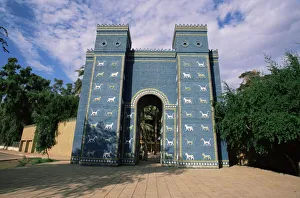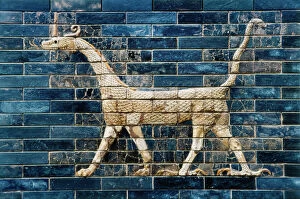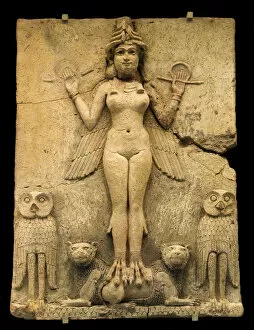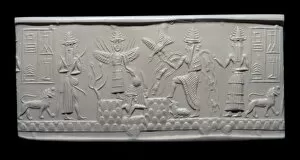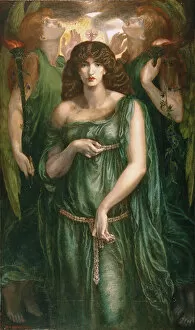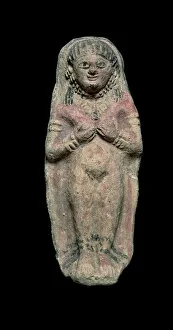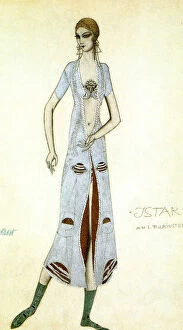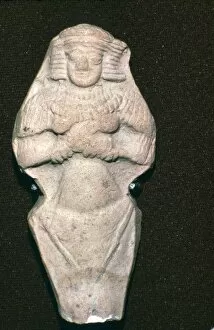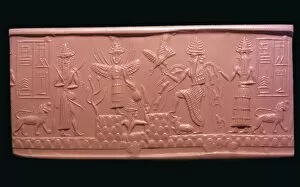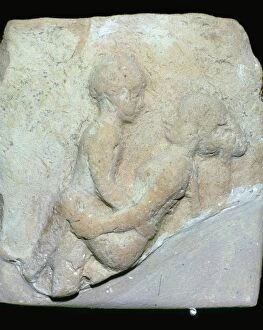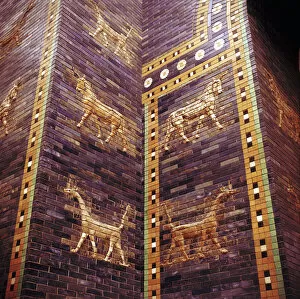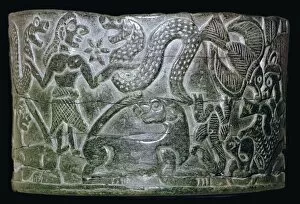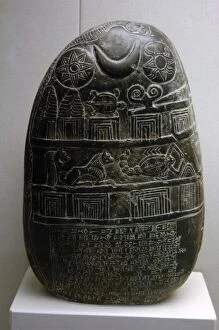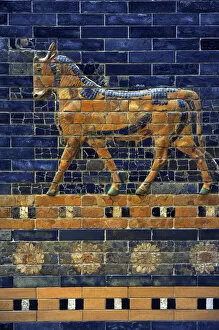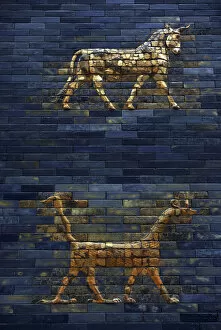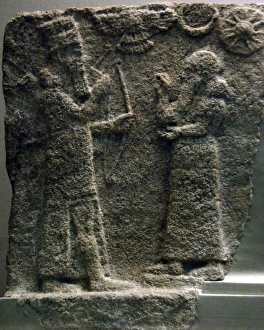Ishtar Collection
Ishtar, the ancient Mesopotamian goddess of love, beauty, and war, has left an indelible mark on history
All Professionally Made to Order for Quick Shipping
Ishtar, the ancient Mesopotamian goddess of love, beauty, and war, has left an indelible mark on history. From the majestic Ishtar Gate of Babylon to stunning artworks depicting her divine presence, she continues to captivate our imagination. Dating back to 600 B. C. , the Ishtar Gate stands as a testament to Babylon's grandeur. Its glazed enamel brick sirrush dragon symbolizes power and protection under Ishtar's watchful gaze. This gate was not only a physical entrance but also a spiritual threshold connecting mortals with the divine realm. In Sumerian cylinder-seal impressions, we witness governors being introduced to kings under Ishtar's auspices. Her influence extended beyond mere mortal affairs; she held sway over political matters too. During the Victorian period in Iraq, the Gate stood as a reminder of ancient glory amidst modern times. Its intricate design and imposing structure were awe-inspiring for all who beheld it. Artists throughout history have sought inspiration from Ishtar's allure. In John Collier's painting "Astarte Syriaca, " he captures her ethereal beauty and enigmatic charm through oil on canvas. The goddess emerges as a mesmerizing figure embodying femininity and strength. The Eanna-shum-iddina kudurru from Kassite Dynasty showcases how rulers sought blessings from Ishtar for their reigns' prosperity and stability. It reflects her role as both protector and bestower of fortune upon those who honored her. Assyrian King Ashurnasirpal II immortalized his devotion by erecting statues honoring Ishtar in his kingdom. These sculptures served as symbols of reverence towards this powerful deity whose favor was crucial for success in battle or conquests. Mesopotamian art reached its zenith with Neo-Babylonians' creation - the magnificent Aurochs adorning the walls of the Ishtar Gate itself.

